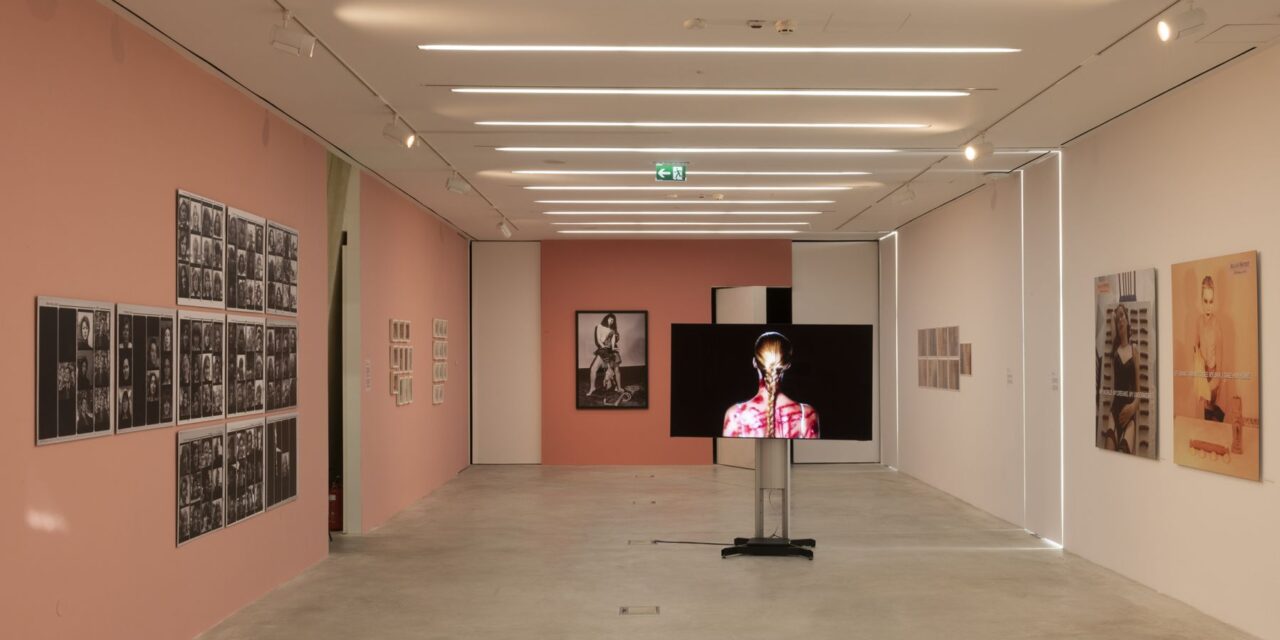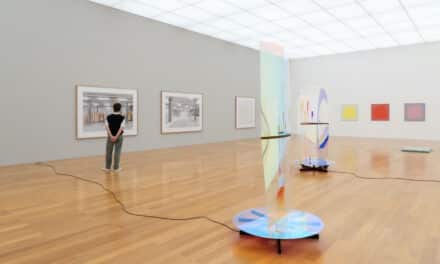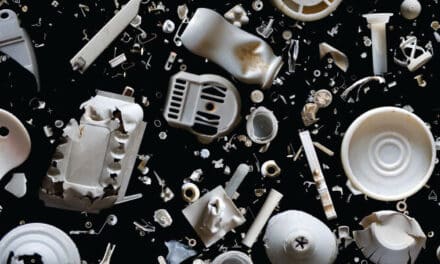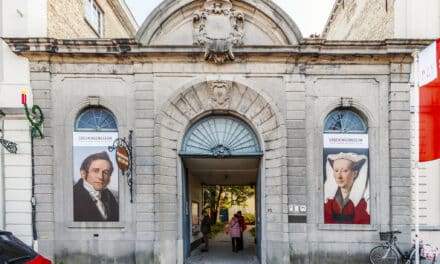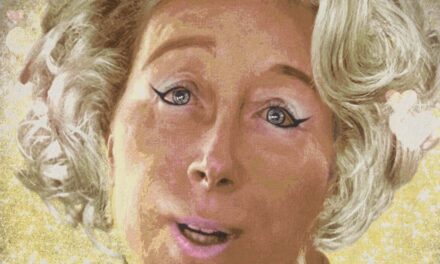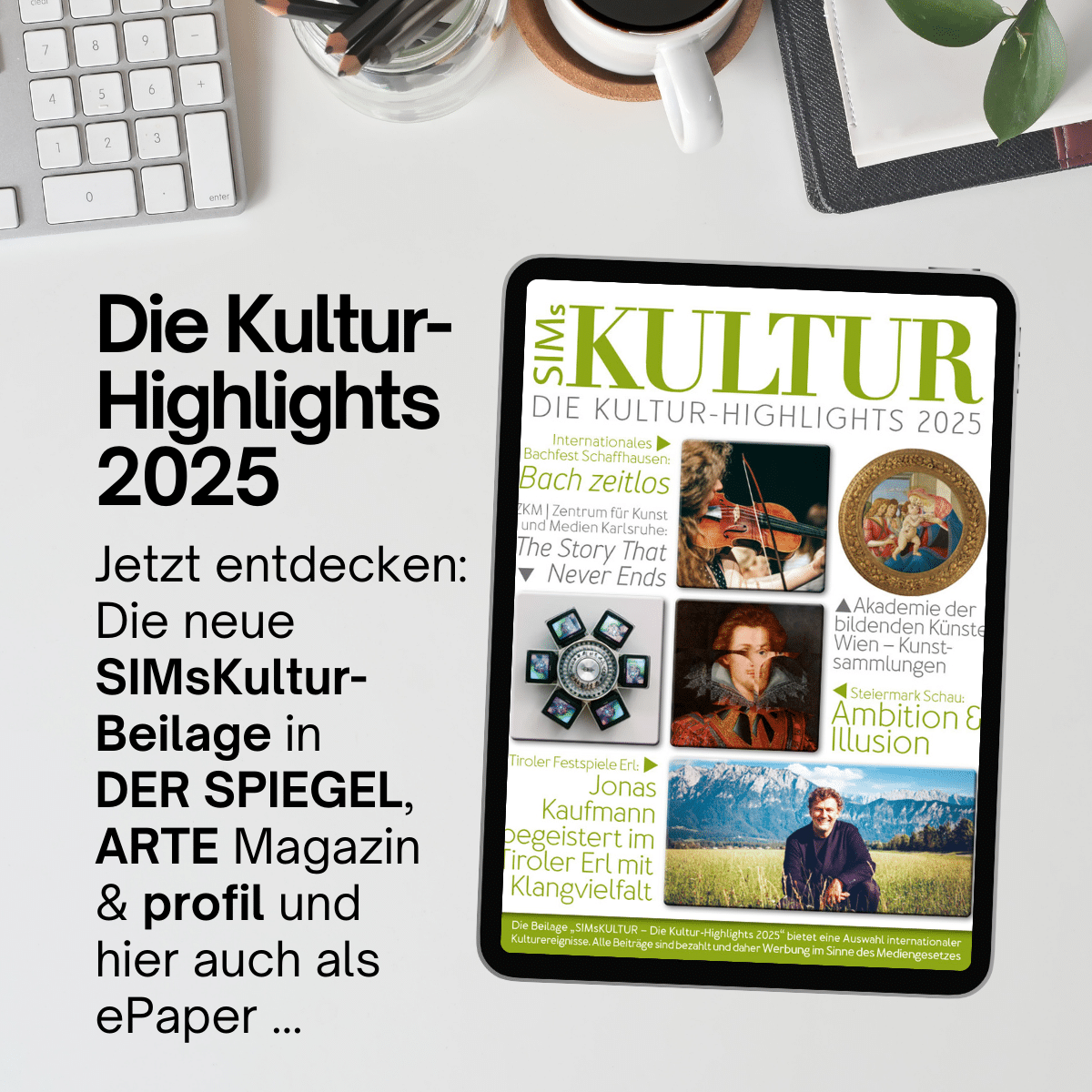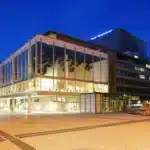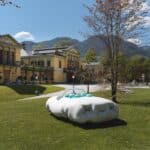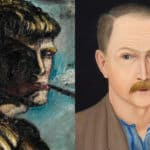Arteast 2000+ was the first museum collection to focus on Eastern European post-war avant-garde art in a broader international context. Since its foundation in 2000, the collection has been known for providing a comprehensive overview of art in the region.
The selection of works from Arteast 2000+ for the collection's new, refreshed exhibition deals with the question: What is the way forward? This is all the more relevant as the collection was conceived in the 1990s, when events such as the dissolution of the Soviet Union and the end of the Eastern Bloc, as well as the disintegration and wars in Yugoslavia, were reshaping the political, economic and cultural landscape of the East. The radical changes of this decade were so profound that their consequences still haunt us today. So what is left of the idea of Eastern Europe more than 30 years after the end of the Cold War?
It has all but disappeared from the geopolitical map of the world and has been replaced by the Global East, Central Europe, the Baltic States, Southeast Europe or the Western Balkans. The overthrow of one system (communism) to copy another (liberal democracy) left decades of social inequality, corruption and a general feeling of powerlessness in most countries in the region. Today, it is fair to say that there is no longer just one Eastern Europe, but many. As a result, the Arteast 2000+ collection is also changing, with a focus on an expanded notion and understanding of these diverse Eastern territories, their art, artists, art collectives and the social and political contexts that have defined this geopolitical, social and cultural space over the past decade.
February 20, 2024 to February 20, 2025

